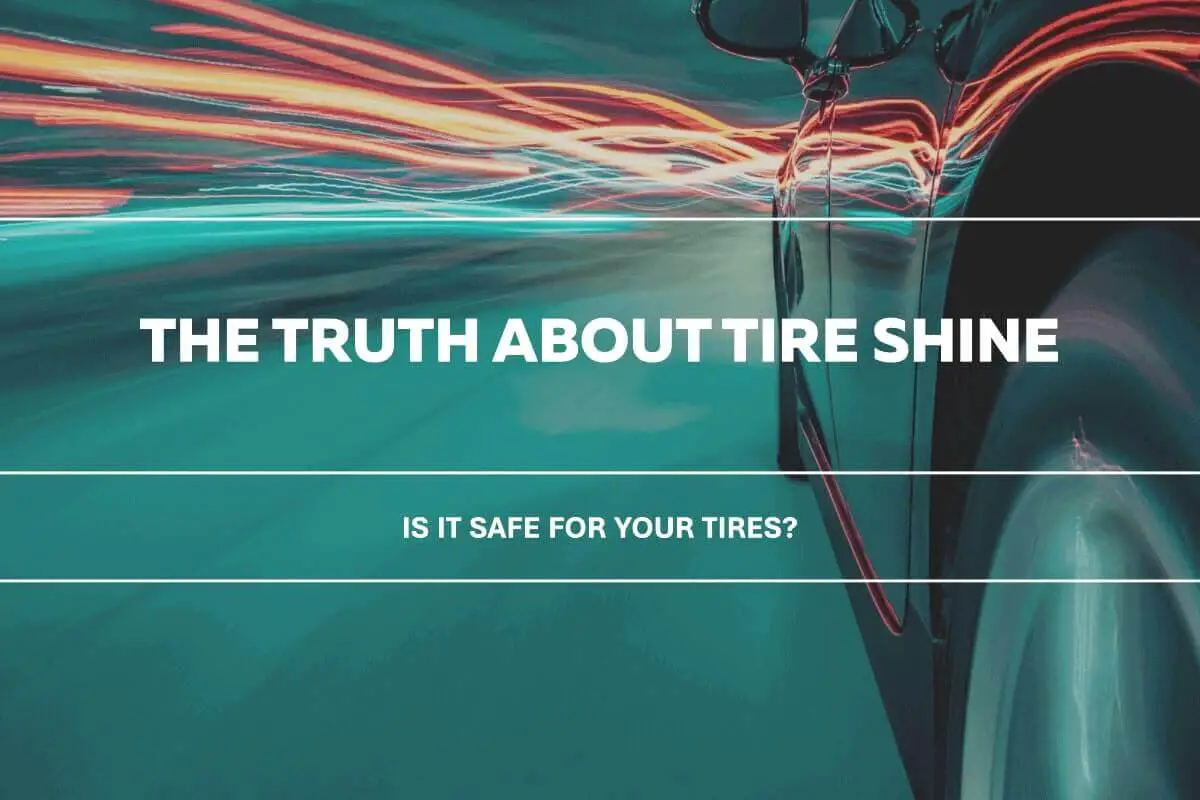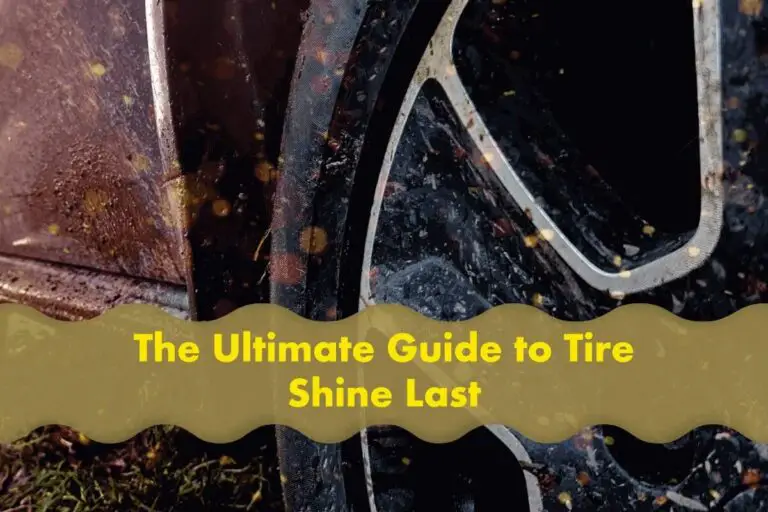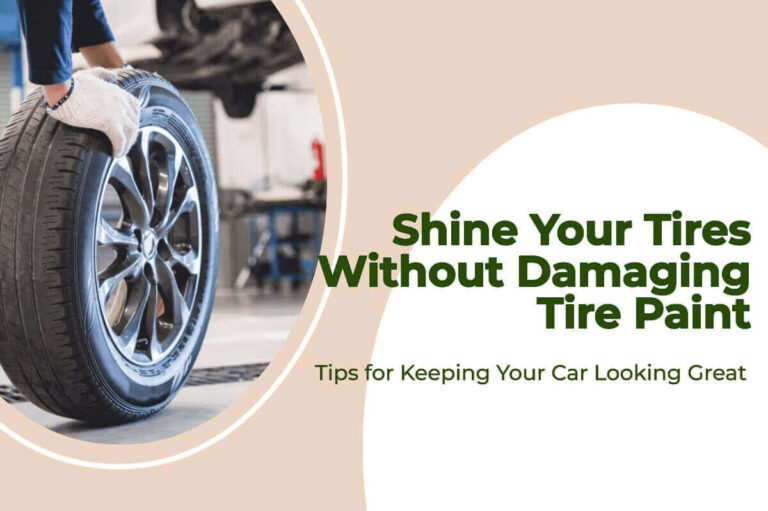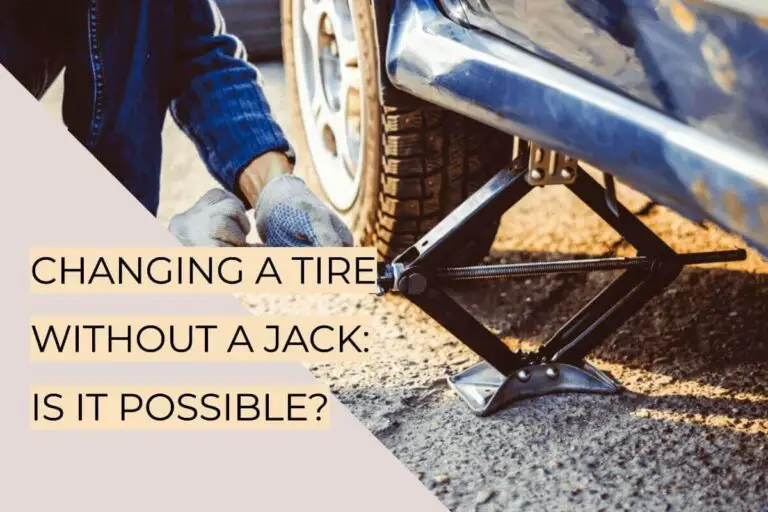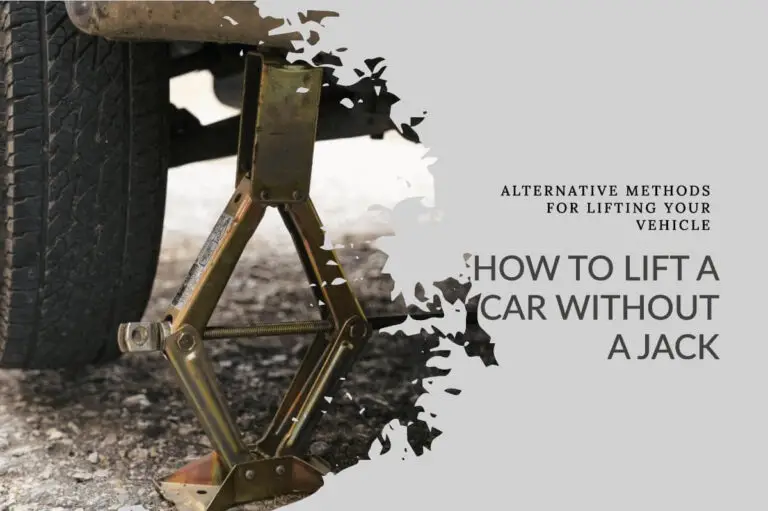Keeping your car’s tires shiny and well-maintained is a desire many car owners share. This desire has led to the popularity of tire shine products that promise to give your tires a glossy, wet-like appearance, but have you ever wondered if it’s good for them? Is tire shine bad for tires?
In this comprehensive beginner’s guide, we will delve into the world of tire shine, its benefits, potential drawbacks, and how to use it responsibly so you can make an informed decision about keeping your tires looking their best.
What is Tire Shine?
Before we explain the debate “Is Tire Shine Bad for Tires?” Let’s start by understanding what tire shine is and how it works.
Tire shine, also known as tire dressing or tire gloss, is a cosmetic product designed to enhance the appearance of your vehicle’s tires. These products come in various forms, including sprays, gels, and foams, and they contain a mixture of chemicals and polymers that create a shiny, protective layer on the tire’s sidewall.
Is Tire Shine Bad for Tires?
Many car enthusiasts take pride in their shiny, well-maintained tires. Tire Shine products promise to give your tires a glossy finish that enhances their appearance. However, there is an ongoing debate on “Is tire shine bad for tires?”
The short answer is no; when used correctly, tire shine is not bad for your tires. It can offer protection against some elements that can harm your tires. However, like many products, improper usage or overuse can lead to problems.
Benefits of Using Tire Shine
Tire shine, also known as tire dressing or tire gloss, is a popular car care product that offers several benefits for vehicle owners. Here, we’ll explore the advantages of Tire Shine to help you understand why it’s a valuable addition to your car care routine.
1. Enhanced Aesthetics
One of the most noticeable benefits of using tire shine is the dramatic improvement in your vehicle’s appearance. Tire shine products are designed to provide a glossy, wet-like finish to your tires. This deep gloss not only makes your tires look brand new but also enhances the overall visual appeal of your vehicle.
2. Protection Against UV Rays
Tire sidewalls are exposed to sunlight and its harmful UV rays regularly. Prolonged exposure to UV rays can cause rubber to degrade, dry out, and eventually crack. Tire shine products often contain UV inhibitors that act as a protective shield against these harmful rays, extending the life of your tires and preserving their structural integrity.
3. Ease of Application
Using tire shine is a user-friendly process. Various forms of tire shine products are available, including sprays, gels, and foams, allowing you to choose the best method that suits your preferences. Whether you’re a car care enthusiast or a beginner, applying tire shine is straightforward and hassle-free.
4. Long-lasting Results
When applied correctly, tire shine can provide long-lasting results. It adheres well to the tire’s surface and can withstand weather and road debris exposure. This durability means you won’t have to reapply the product frequently, saving you time and effort to maintain your vehicle’s appearance.
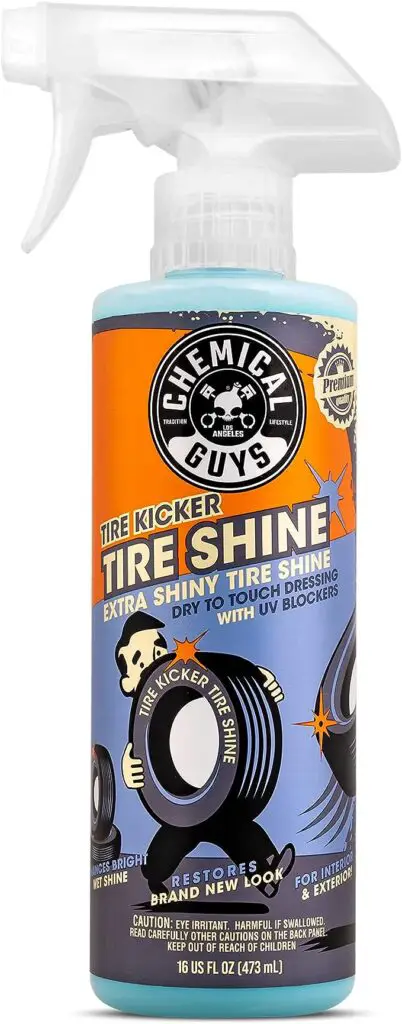
Chemical Guys TVD11316 Tire Shine

Black Magic BC23220 Tire Wet Spray

Meguiar’s Hybrid Ceramic Tire Shine
Drawbacks of Using Tire Shine
While tire shine offers numerous advantages, it’s essential to be aware of its limitations and potential drawbacks to ensure responsible use and avoid unintended consequences.
1. Sling Onto Vehicle Body
One common issue with tire shine is the potential for sling onto your vehicle’s paint and bodywork. Sling occurs when excess tire shine is not adequately wiped off, and the product gets flung onto the vehicle’s surfaces, leaving unsightly stains. It can necessitate additional cleaning to remove the residue.
2. Slippery Tires
Tire shine products can make your tires slippery, especially when applied excessively or to the tire’s tread area. This slipperiness can affect traction and safety, particularly in wet or snowy conditions. It’s crucial to avoid getting tire shine on the tread where your tires make contact with the road.
3. Temporary Shine
The glossy finish provided by tire shine is temporary and will wear off over time, especially in harsh weather conditions or with frequent driving. As a result, you may need to reapply the product regularly to maintain the desired level of shine.
4. Potential for Overuse
Some users tend to overuse tire shine, thinking that more is better. However, excessive application can lead to product buildup, increased sling, and a greasy appearance. Following the manufacturer’s recommendations for proper application and avoiding overuse is crucial.
How to Use Tire Shine Responsibly
To ensure the safety of your tires while using tire shine, here are some best practices to follow:
- Follow Manufacturer’s Instructions: Always read and follow the instructions on the product label. It includes proper cleaning and drying of your tires before application.
- Avoid Overuse: Applying tire shine can lead to unwanted side effects. A light, even coat is usually sufficient for a glossy appearance.
- Wipe Off Excess: After applying tire shine, use a clean, dry cloth to wipe off any excess product. It helps prevent slinging onto your vehicle’s paint and keeps the shine focused on the tires.
- Regular Cleaning: Don’t solely rely on tire shine products to keep your tires looking good. Regularly clean your tires with a gentle cleaner to remove dirt and debris.
Exploring Different Types of Tire Shine Products
Tire shine products come in various forms, with advantages and ideal use cases. Let’s take a closer look at the most common types:
- Spray-On Tire Shine: These are easy to apply and offer quick, even coverage. Spray-on products are great for achieving a glossy finish with minimal effort.
- Gel Tire Shine: Gel-based products are thicker and provide longer-lasting shine. They are suitable for those looking for a glossy appearance that endures.
- Foam Tire Shine: Foam products offer excellent control during application, allowing you to achieve a uniform shine. They are often preferred for precision and avoiding overspray.
Conclusion – Tire Shine Done Right
When tire shine is used responsibly and in moderation, it can enhance the appearance of your tires while offering protection against environmental factors. It’s not inherently bad for your tires, but misuse or overuse can lead to issues.
Remember to follow the manufacturer’s instructions, apply it in moderation, and incorporate regular tire maintenance into your routine. With these practices in place, you can enjoy the benefits of tire shine while keeping your tires in excellent condition.
I hope you found the information on Is Tire Shine Bad for Tires and its benefits and drawbacks both informative and enjoyable to read.
Frequently Asked Questions (FAQs)
How often should I apply tire shine?
You should apply tire shine every time you wash your car. However, if you live in a climate with harsh weather conditions, use it more often.
How do I apply tire shine properly?
To apply tire shine properly, you must first clean your tires. Then, use the tire shine sparingly and wipe it off with a clean cloth. Be sure to avoid getting tire shine on your wheels or paintwork.
Can tire shine make tires slippery and affect vehicle safety?
Yes, tire shine products can make tires slippery, especially if applied excessively or on the tire tread. This slipperiness can affect vehicle traction and safety, particularly in wet or snowy conditions. It’s essential to avoid getting tire shine on the tire tread area to maintain safe driving conditions.
Is it possible for tire shine to cause damage to alloy wheels or rims?
Tire shine products are typically designed to be safe for tires and wheels. However, if excess product slips onto alloy wheels or rims and is not promptly cleaned off, it can cause staining or damage. Proper application and wiping off excess can help prevent this issue.
Can using tire shine lead to an increase in tire noise or road noise?
Tire shine is not likely to cause an increase in tire or road noise. However, if applied excessively and accumulates on the tire’s tread, it can affect tire performance and noise levels. It’s essential to use tire shine properly and avoid the tread area.
Does tire shine affect tire pressure or tire balance?
Tire shine should not affect tire pressure or tire balance when used correctly. However, ensuring that the product is applied only to the tire’s sidewall and not the tread is crucial.

